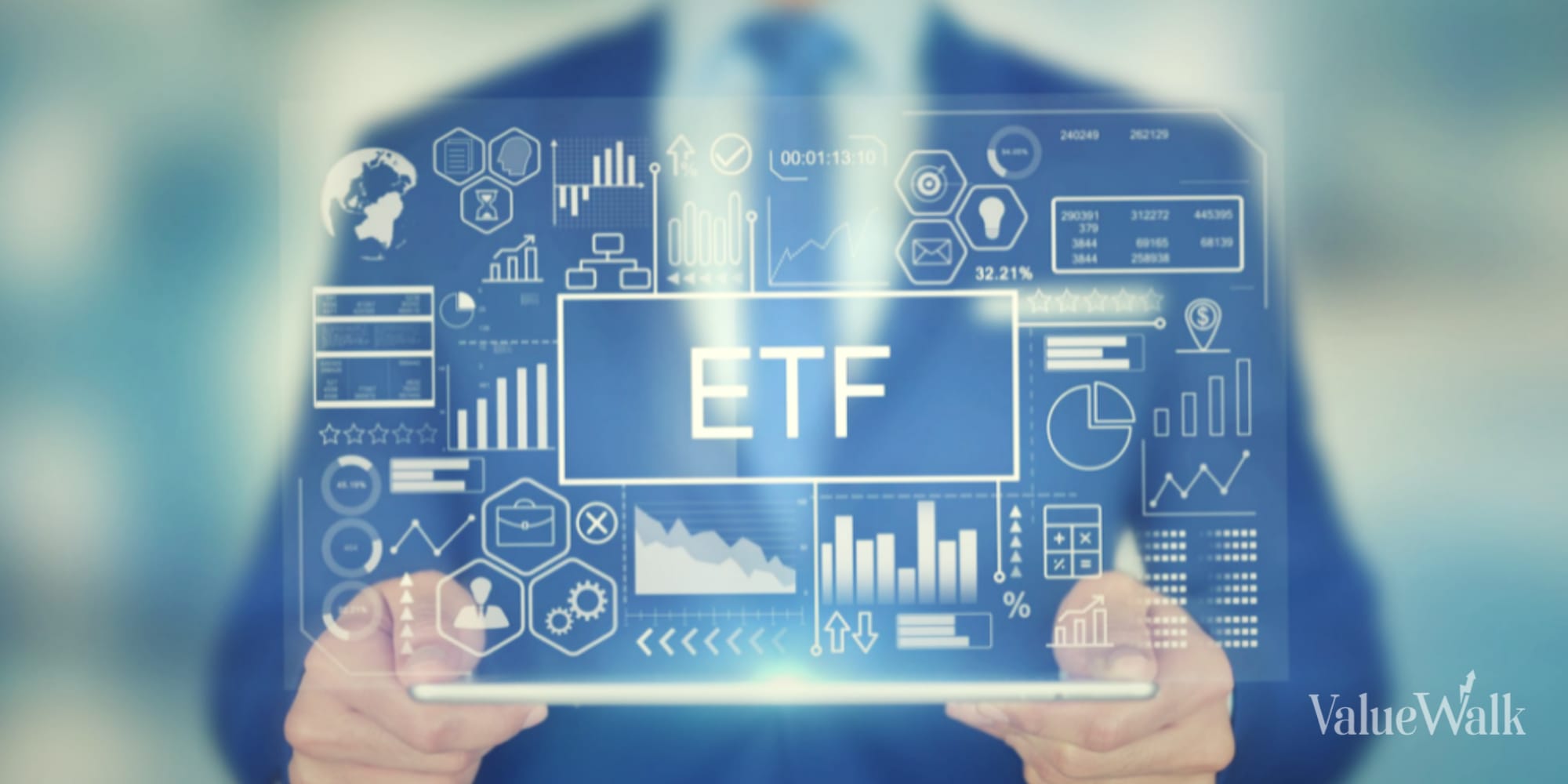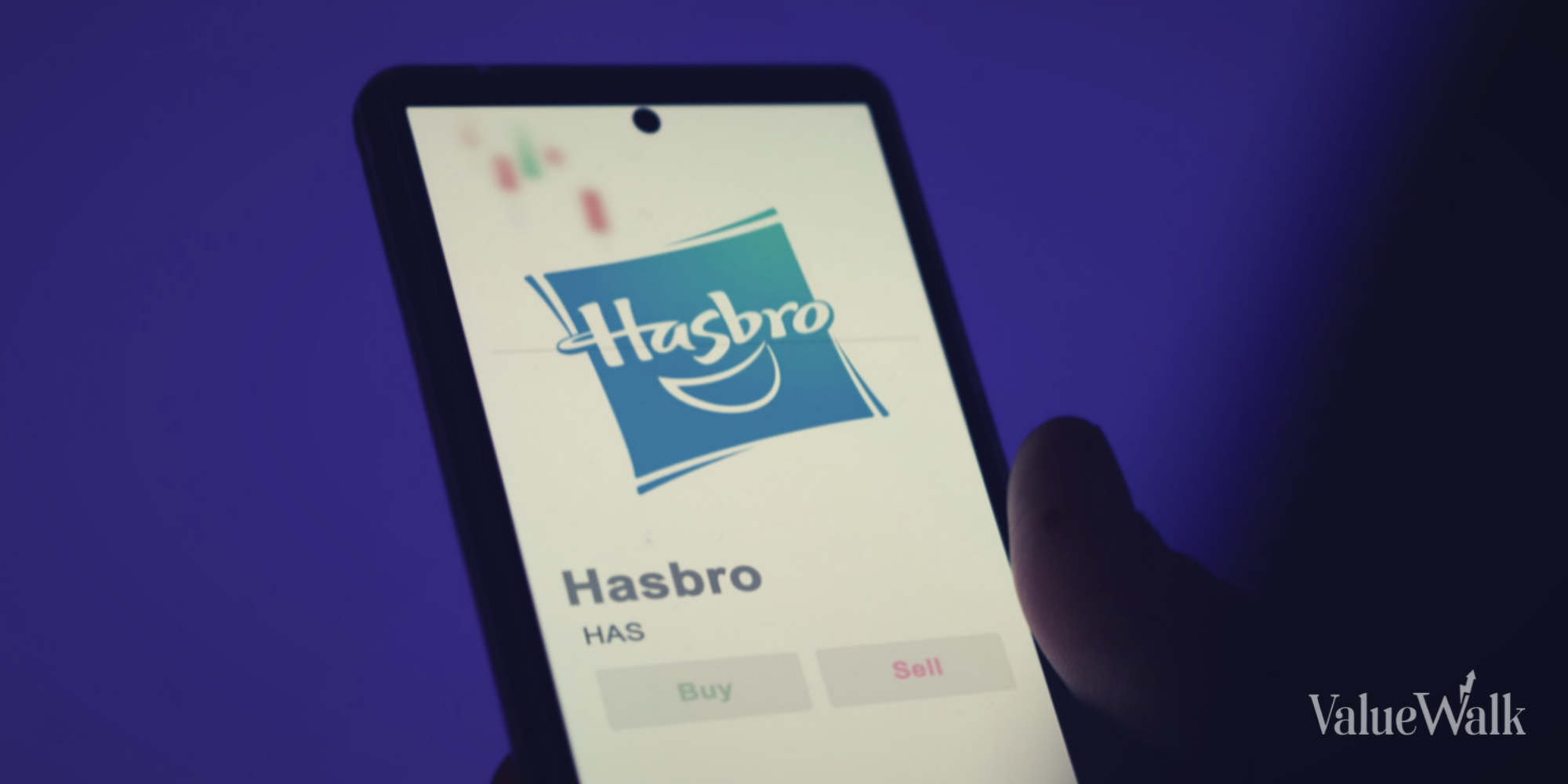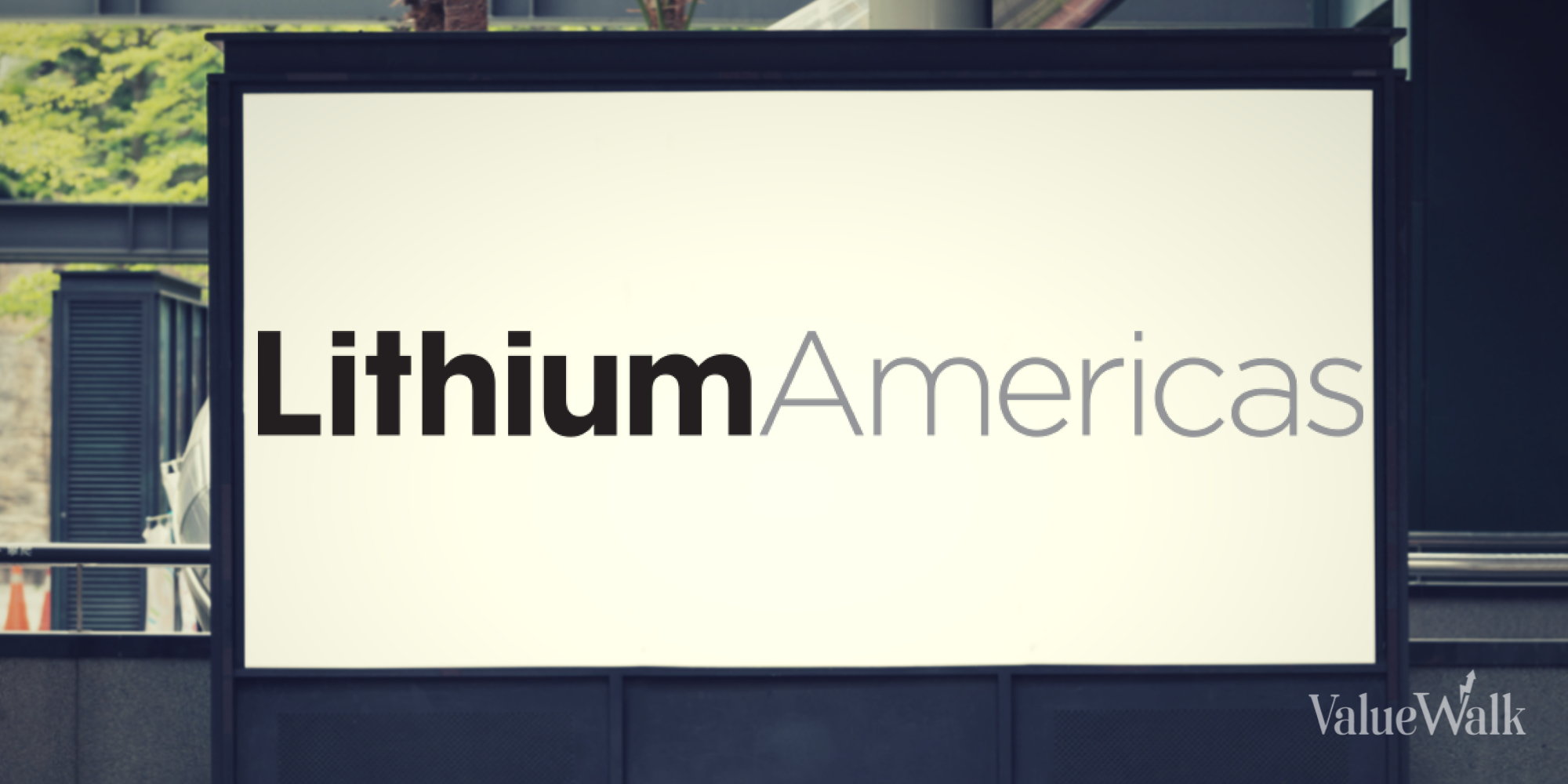Fixed-income investments have been an afterthought for many investors over the years, especially with lower returns compared to stocks.
However, with yields rising and the stock market sputtering, more investors are turning to bonds and fixed-income investments, not only as diversifiers but also for competitive returns that may even eclipse the stock market next year. At the very least, they will provide some ballast in your portfolio if there is volatility in some stocks.
A good way to tap into bonds is through an exchange-traded fund (ETF), which trades like a stock. However, there are many different types of bond funds, some of which are much more volatile than others. Here are two that may provide solid returns.
AB Ultra Short Income ETF
The AB Ultra Short Income ETF (NYMARKET:YEAR) offered by AllianceBernstein is one of the top performers in its class of ultra short-term bond funds. Ultra-short bonds are generally considered the safest type of bond fund because they invest in bonds with durations of less than one year. That means they are less susceptible to interest-rate fluctuations. They typically have lower returns than other types of fixed-income investments, but in this high interest-rate environment, where yields are high, they are delivering safe, solid returns.
The AB Ultra Short Income ETF is an actively managed ETF that invests primarily in investment-grade bonds with a duration of less than one year. Currently, it has an average maturity of 0.96 years and an effective duration of 0.86 years. About 44% of the portfolio is in cash or cash equivalents, which includes Treasury bills and money market instruments. About 41% is in investment-grade corporate bonds, while 9% is in asset-backed securities, and 5% is in U.S. government and agency bonds.
The ETF has returned 4.7% year to date and 5.7% over the one-year period through Oct. 31. That’s not exactly shooting the lights out, but it could provide some ballast for a portfolio over the next year or two in a market with high interest rates and the potential for sluggish stock-market returns.
PIMCO 0-5 Year High Yield Corporate Bond Index ETF
Another solid choice among bond funds right now is the PIMCO 0-5 Year High Yield Corporate Bond Index ETF (NYMARKET:HYS). This is basically an ETF that invests in short-term, below-investment-grade corporate bonds, also known as junk bonds. Don’t let the unflattering name throw you off, as this is a pretty good place to be right now in the bond universe.
This fund tracks the BofA Merrill Lynch 0-5 Year US High Yield Constrained Index, so it is not actively managed like the other bond ETF. Thus, the fund invests in primarily below-investment-grade corporate debt with maturities of less than five years, but it also allocates about 8% of its portfolio to U.S. government-related securities.
Corporate bonds typically offer higher yields because they are considered riskier investments with greater potential for defaults than investment-grade bonds. Thus, they have higher interest rates, but as these are short-term bonds with an average maturity of 3.5 years and effective duration of 2.3 years, they are not as risky as longer-duration corporate bonds. That’s because there is less of a risk that they will default within the zero-to-five-year window, and they should be in a good position if the Federal Reserve pauses or lowers interest rates, which should benefit the firms issuing the bonds.
This PIMCO ETF has been a solid performer over the past year, as it has returned 7.2% year to date and is up 5.9% after fees over the past year as of October 31. Since inception, it has averaged a 4.1% return.
These two ETFs both invest in short-term bonds, which is a good place to be right now, but over time, if you do add one or both to your portfolio, you may want to revisit them, depending on how the bond market fluctuates.
Disclaimer: All investments involve risk. In no way should this article be taken as investment advice or constitute responsibility for investment gains or losses. The information in this report should not be relied upon for investment decisions. All investors must conduct their own due diligence and consult their own investment advisors in making trading decisions.





